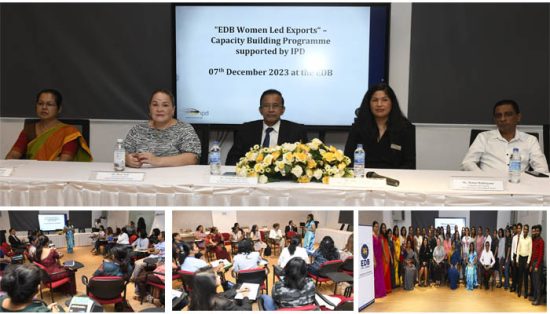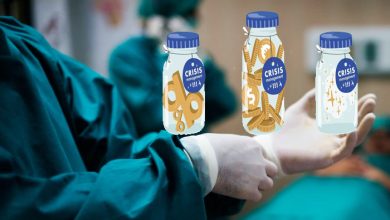“EDB Women Led Exports“ – Capacity Building Programme supported by Import Promotion Desk (IPD)- Germany

The Sri Lanka Export Development Board (EDB), in association with the Import Promotion Desk (IPD), Germany, initiated a series of Capacity Building programmes for export-oriented Women Led Business in Sri Lanka. This initiation aims to foster a new set of women-led exporters to the nation’s economy.
The Training program was held at EDB premises, which focused on sharing knowledge on market intelligence, EU market trends, effective sales techniques and company essentials with the presence of 19 selected export ready Women Led businesses. The workshop was conducted by a team of EDB officials trained by the IPD.
Following this workshop, EDB plans to continue a hand holding capacity building programme for the women-led businesses selected for the project enabing them to enter to the EU Market.
Dr. Kingsley Bernard, Chairman and Chief Executive Officer- EDB, Ms. Angie Martinez – Expert Sourcing & Markets Natural Ingredients-IPD, Ms. Rosa Nelly Castro, External Consultant- Natural Ingredients- IPD and Mr. Amithe Gamage , Local Sales Coach-IPD attended this event.
This collaboration between EDB and IPD represents a significant step toward empowering women entrepreneurs in Sri Lanka, aiming to equip them with the necessary skills and knowledge to succeed in the global business arena.






